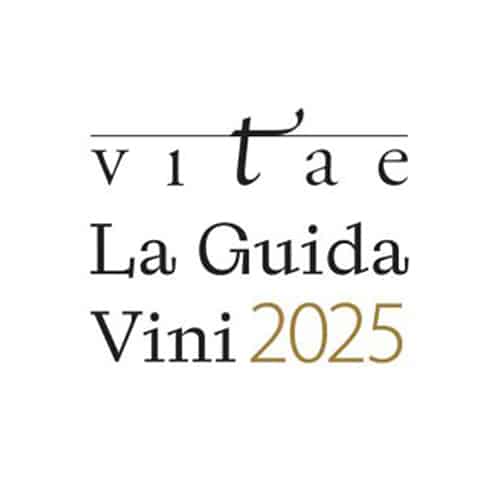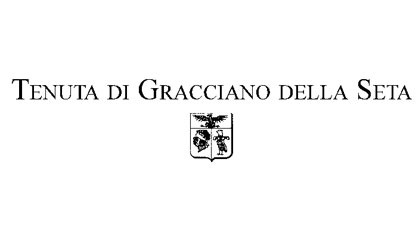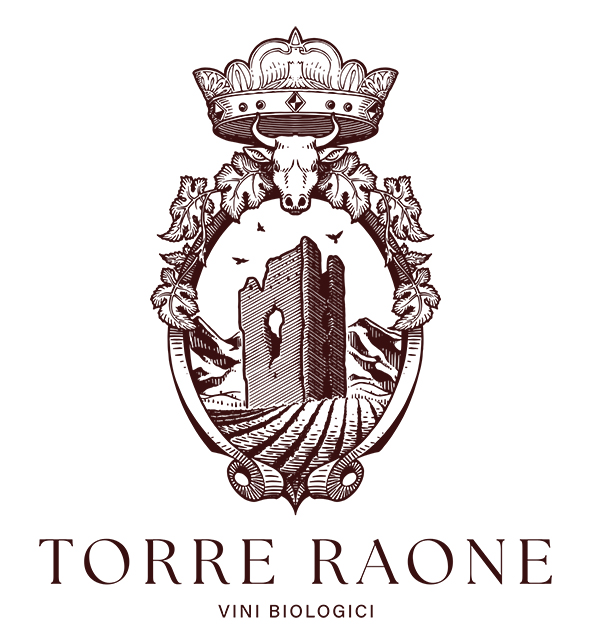Vtae 2025: awards for Grati: Associazione Italiana Sommelier awarded their Vin Santo 2006 and Canaiolo Bianco 2018 with 4 Viti.


Canaiolo Bianco Borgo Prunatelli
Since its first vintage (2012) it’s the only single varietal Canaiolo Bianco.
It’s very important to underline that it is NOT a Canaiolo Nero vinified without pomace, but it is a wine made with the Canaiolo Bianco variety.
Vin Santo del Chianti Rufina
A masterpiece where freshness and elegance are combined with a thick mouthfeel
How it the Vinsanto made?
The vinsantaio, where vinsanto is made, hangs full of grape bunches, quite appropriately above the family chapel at Villa Vetrice, as ‘vinsanto or vino santo‘ means ‘holy wine’.
In the Grati family, it is a tradition that began over a hundred years ago, with which the great secret of vinsanto, the madre (mother), is also over a century old.
The madre is an aromatic sediment of inactive fine lees. She, a natural yeast, is ‘eterna’, for ever, because each new production uses some of the old that has multiplied at the end of the process and is then kept again.
Healthy bunches of grapes were picked in mid-September, and hung in the vinsantaio to slowly dry out for over three months.
70% of the grapes are white, Malvasia and Trebbiano, 30% are blue, Sangiovese.
Vinsanto is made only in years with extremely healthy grape material.
Sulfur is lit daily in the vinsantaio to clean the air of insects and unwanted critters. There is also the game of windows, which are open during the day and closed again at night, depending on the weather. The grapes have to dry properly and slowly. As an extra help, only if needed, ventilators can be used.

In December or January, when 30% of the original volume remains, the grapes are pressed. The must is then put into clean caratelli, small wooden barrels, on top of the madre. The caratelli are then sealed with cement, while 25% of the space remains empty.
Fermentation starts slowly in March, while temperatures rise and stops with the heat in summer. For three years in a row. In winter, spontaneous clarification takes place, including the deposition of the madre.
The wine then remains in the unopened caratelli for at least ten years before being bottled.
Villa di Vetrice Vinsanto del Chianti Rùfina DOC comes with 17% alcohol and 100% class.

It is excellent as a dessert wine, but also by itself, for instance with cantucci, typical Tuscan almond cookies.
The 2006 vintage is currently on sale in 50cl bottles.




Follow them on the socials











